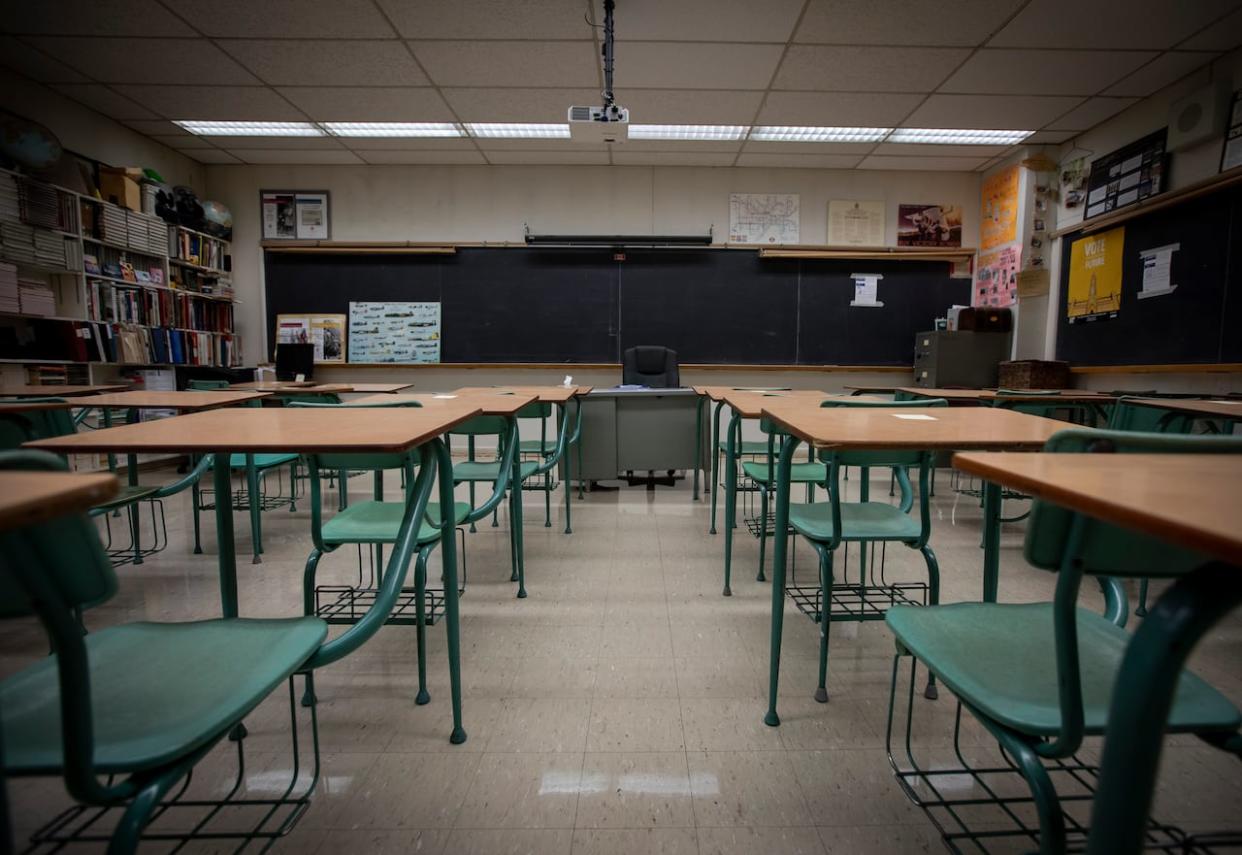Edmonton Public Schools tackling booming enrolment as class space dwindles

The Edmonton Public Schools is working to accommodate a significant influx of students.
A board meeting held Tuesday looked at capacity issues facing multiple schools in the division as outlined in the Student Accommodation Plan for 2023–24 report.
As of last Friday, the division reported adding almost 7,500 new students since September 2022 for a total enrolment of more than 115,000 students.
The amount of space available to accommodate students is declining, making it challenging to offer choices for students, including the ability to maintain open attendance area boundaries.
The division is facing an average utilization rate of 82 per cent, which has increased over the last 10 years.
While the growth has been welcomed, board members expressed concern over how to adequately accommodate the growing number of students as 27 schools in the division are at or above 100 per cent capacity with 78 schools at least 85 per cent utilization.
When schools hit the 85 per cent utilization rate, "they feel full and retain little flexibility to organize students for instruction" according to the report.
The high utilization rate can also show itself via a lack of resources for extracurricular classes such as the arts or hospitality courses.
There are 213 schools in the division.
Darrel Robertson, board superintendent, also spoke about meeting demand from families with children with complex needs.
"There could be a variety of reasons for that, people moving out of province [and] hearing about great supports and services in Edmonton and using that as their division of choice, but we're having trouble sort of keeping up with the demand and the establishment of new division centre spaces."
What are the solutions?
Cliff Richard, chief infrastructure technology officer with the board, said to ensure each student has a place to learn, the division is exploring new or relocated modular classrooms, facility modifications, reclamation of leased spaces, and additional bus routes.
A lack of fill-in bus drivers also contributes to stress, a system with some families commuting further away from school.
"Unfortunately, the identification of lottery and overflow schools where it is simply no longer possible to accept additional students into schools [and] where all reasonable options to expand capacity have been exhausted," Richard said.
There are three new school construction or design projects ongoing, with new schools needing at least three years to be built, according to the board.
Elder Dr. Francis Whiskeyjack High School in the Meadows area will open in September 2024 and is expected to have capacity for 2,400 students. The Edgemont K–9 school is set to tentatively open September 2027 after residents in the neighbourhood called for more accessible schooling.
Glenridding Heights has only been approved for design funding and is expected to serve grade 7-12 students in 2028.
In November, Education Minister Demetrios Nicolaides announced that $30 million was en route next month to any school authority with a jump in enrolment.
Darryl Hunter, an educational policy studies associate professor at the University of Alberta, said the building of schools is multilayered and requires a collaborative effort by municipalities and the province.
"When it comes to projecting changes at a system level ... here in Canada, we take for granted the fact that there's a school in the neighbourhood," Hunter said.
"School facilities never ever reflect demographics at the time, they're always a bit behind time as relates to construction."


